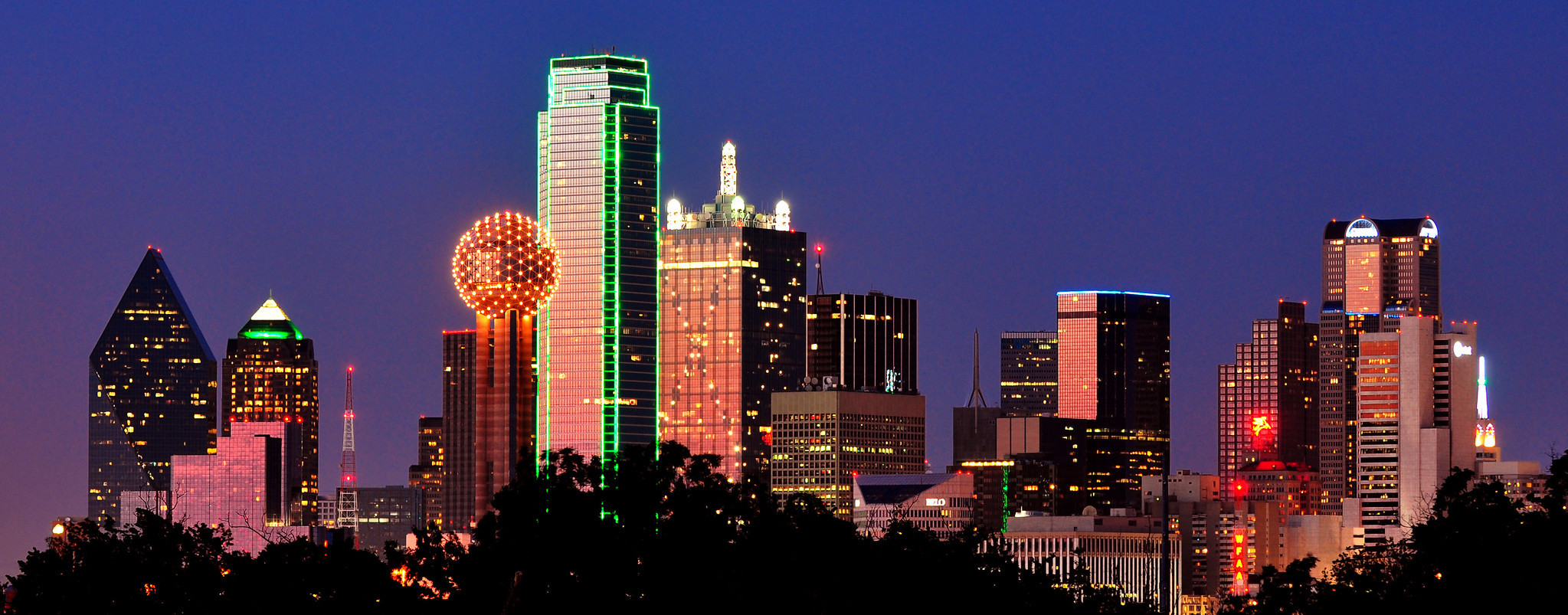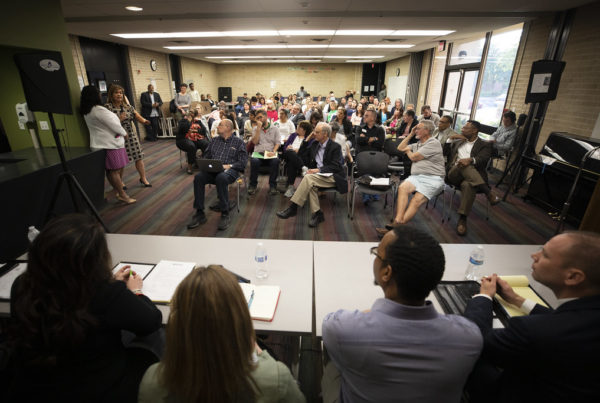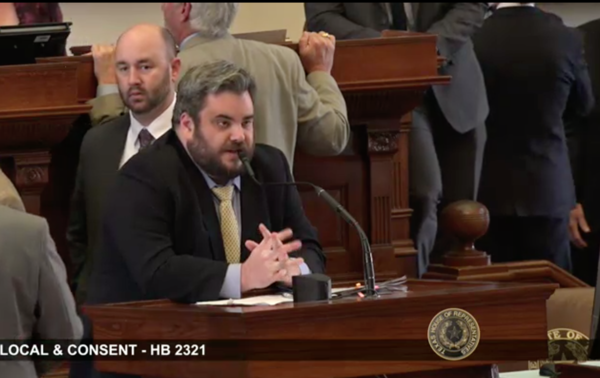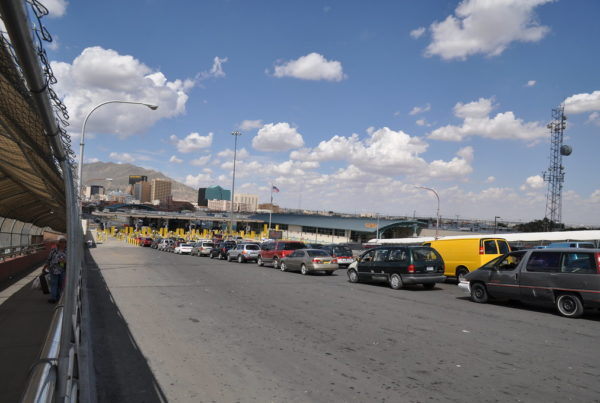In 1980, writer David Dillon posed the question in a commentary published in Dallas Magazine: “Why is Dallas architecture so bad?” At the time Dallas was at the height of a building boom, but in Dillon’s eyes, new construction in the city did not have the best interests of the public at large at heart. The article launched Dillon’s career as a critic of Dallas architecture for the Dallas Morning News, shaping the city’s conversation about itself and in so doing, reshaping its landscape.
Eleven years after Dillon’s death, a new book brings together some of his most important work. The collection, titled “The Open Ended City,” is curated and edited by Kathryn Holliday. She is director of the David Dillon Center for Texas Architecture at the University of Texas at Arlington.
Holliday says Dillon hadn’t written much about architecture before his infamous piece was published, but he was able to capture people’s attention by comparing Dallas to other prominent cities like Houston or Atlanta.
“The amount of time he had taken to think about what other cities were doing and what Dallas could learn from them … really made that article stand the test of time,” Holliday says.
Dillon blamed Dallas’ bad architecture in part on developers such as Ray Nasher, who were more motivated by their pocketbook than public interest. Eventually, Dillon praised Nasher for switching his focus from private shopping malls to public spaces such as the Nasher Sculpture Center.
“The role of the critic, as he saw it, was to call the people to task who had the money and had the power to make decisions, and asked them to do a better job,” Holliday says.
Dillon wrote over 1,000 articles in his 25-year career. As Holliday sifted through his work to compile the book, she noticed that the questions Dillon posed still resonate in current discussions about Dallas’ growth.
“I think one of the things that becomes very clear is how long it takes for decisions to be made that impact the city on a large scale,” Holliday says.
Holliday says Dillon’s impact is especially apparent in conversations between developers, policymakers and citizens about Dallas’ arts district and the development of the Trinity River.
“The questions that he asked about historic preservation, and how we treat our history, those are all the same questions that are still on the table,” Holliday says.
Though his writing did help change some developers’ minds, Holliday says Dillon was not trying to save Dallas architecture all by himself. Instead, he hoped to empower citizens to become involved in the decisions their cities make.
“His real goal is to educate everyone out there, all of the citizens, about what the choices are that citizens have – what their involvement can be in a process,” Holliday says.
Written by Sara Schleede.















